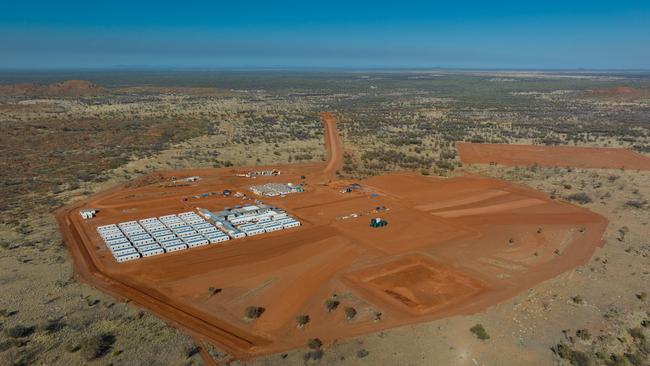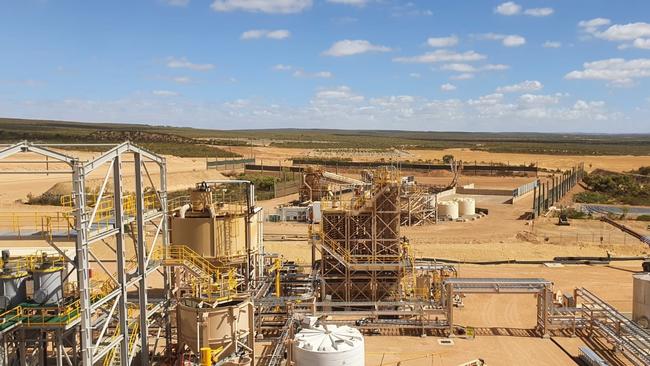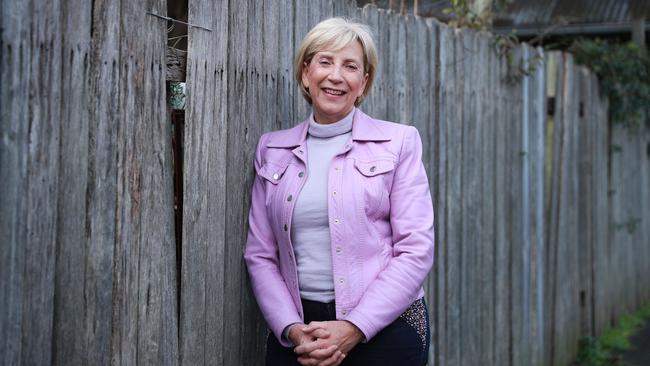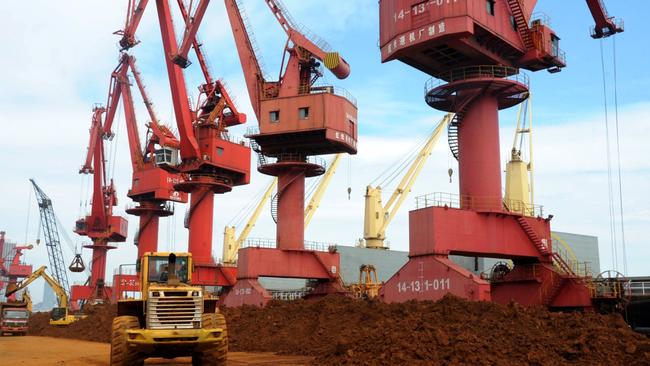Critical minerals aid welcome but more than credits needed, say industry leaders
The critical minerals sector has welcomed the federal government’s budget announcement about production credits but believes it will only apply to a few projects currently mooted.

The critical minerals sector has welcomed the federal government’s budget announcement about production credits as a step in the right direction, but the narrow focus of the policy announcement means it will only apply to a few projects currently mooted.
While it is seen as improving the policy framework, for critical mineral processing projects to go ahead it will need many other factors to come together – including regulatory approvals, offtake agreements and viable cost structures – before companies make the big step from mining to committing to production facilities in Australia.
The credits, which are not due to come into force until the 2027-28 financial year for specific projects, are expected to do little to stem the lay-offs facing the nickel industry in the face of cheaper nickel from Indonesia.
Companies that could benefit from the credits include IGO, which has a 49 per cent interest in the Kwinana lithium hydroxide plant south of Perth alongside Chinese lithium giant Tianqi, and Iluka, which is developing a rare earths refinery at Eneabba, 280km north of Perth.

It could also apply to Wesfarmers’ 50 per cent-owned proposed lithium hydroxide plant at Kwinana that is expected to start production in 2026, and BHP’s Nickel West processing plant in Western Australia.
Other projects could include Albemarle’s Kemerton lithium hydroxide processing plant near Bunbury in the southwest of WA, and possibly Lynas’s rare earths processing facility at Kalgoorlie, WA. ASX-listed Australian Vanadium confirmed on Wednesday that it would benefit from the credits.
But other high-profile companies with an interest in lithium, including Liontown and Mineral Resources, are not currently involved in processing projects that would receive the production credits.
Liontown managing director Tony Ottaviano said the company welcomed “the strong intent and initial targeted measures announced in the budget”.
“Expanding Australia’s critical minerals capacity and encouraging new downstream investment is absolutely in the national interest, and we commend Resources Minister Madeleine King for championing this goal,” he said.
But the company confirmed that its planned lithium spodumene concentrate production plant at Kathleen Valley in WA would not qualify for the production tax credit.
A spokesman for MinRes, which produces lithium spodumene concentrate, said Ms King should be “congratulated for working with industry to help Australia add value to our natural resources and compete on a global stage”.
“We have been saying for years that the global race for investment means that downstream projects won’t happen without the government coming to the plate,” he said.
He said the budget announcements would not apply to any MinRes projects but were a “sensible policy which would make Australia more competitive”.

Lynas Rare Earths chief executive Amanda Lacaze said the development of a critical minerals industry in Australia would require different support at different stages.
“We welcome the announcement of a production tax credit as one tool to support downstream processing in Australia,” she said.
“We also encourage the government to invest in common user infrastructure which addresses those areas where Australia incurs a cost disadvantage, such as energy and logistics, and to focus on improving approval processes to ensure timely development of projects.’’
Minerals Council of Australia CEO Tania Constable, said the proposed production tax credits were a “lever” that could be pulled to encourage downstream processing of critical minerals in Australia. But she said it was only a “small piece of the puzzle” that would be needed to encourage more downstream processing of minerals in Australia, particularly given the level of global uncertainty outlined in the budget.
“We won’t see these production tax credits taking place for around three years,” Ms Constable said.
She said she expected that they would apply to processing operations already in place or planned.
But she said decisions on any new processing operations would depend on many factors, including regulations facing projects, the industrial relations outlook, and whether the companies had offtake agreements.
She said the industry was now waiting for more details of the announcements, including the eligibility criteria and potential restrictions.
“It may help to position Australia in the global energy transition, but it is just another lever to pull when a company is thinking about spending,” she said.
“There are a number of things you have to do to make these industries competitive and you’ve got to pull all of those levers to get these projects off the ground.”

Lithium industry sources said any decision to make the jump towards downstream processing would depend on the market outlook. “Given the challenging macro environment, led by extreme price volatility out of China, there is currently not sufficient inducement to bring on new supply in either upstream or downstream,” one source told The Australian.
Jarden mining analysts said the proposed credits would apply to the production of lithium carbonate and hydroxide but not to the production of concentrated spodumene. “Application of the new incentives to midstream projects with a lithium phosphate and sulphate is still being worked through,” they said.
A note by Jarden analysts said producers of critical minerals in Australia might be disappointed with the budget announcements, with some hoping for more measures to support the sector.
Pilbara Minerals chief executive Dale Henderson welcomed the announcement of the budget initiatives to support the growth of the critical minerals sector.
“This emerging sector presents a huge opportunity for Australia and the country is competing in a global race for investment and market share,” he said.
But he said more government support was needed by the sector including production tax incentives, improved approvals time frames, shared network infrastructure and government supported loans and grants.
Another fly in the ointment could come from threats to oppose the policies by the Coalition.
Opposition treasury spokesman Angus Taylor indicated on Wednesday that the Coalition could oppose $13.7bn in production tax credits for green hydrogen and critical minerals.
Mr Taylor said on ABC radio the opposition believed in the manufacturing and resources sector but rejected Labor’s Future Made in Australia agenda.


To join the conversation, please log in. Don't have an account? Register
Join the conversation, you are commenting as Logout